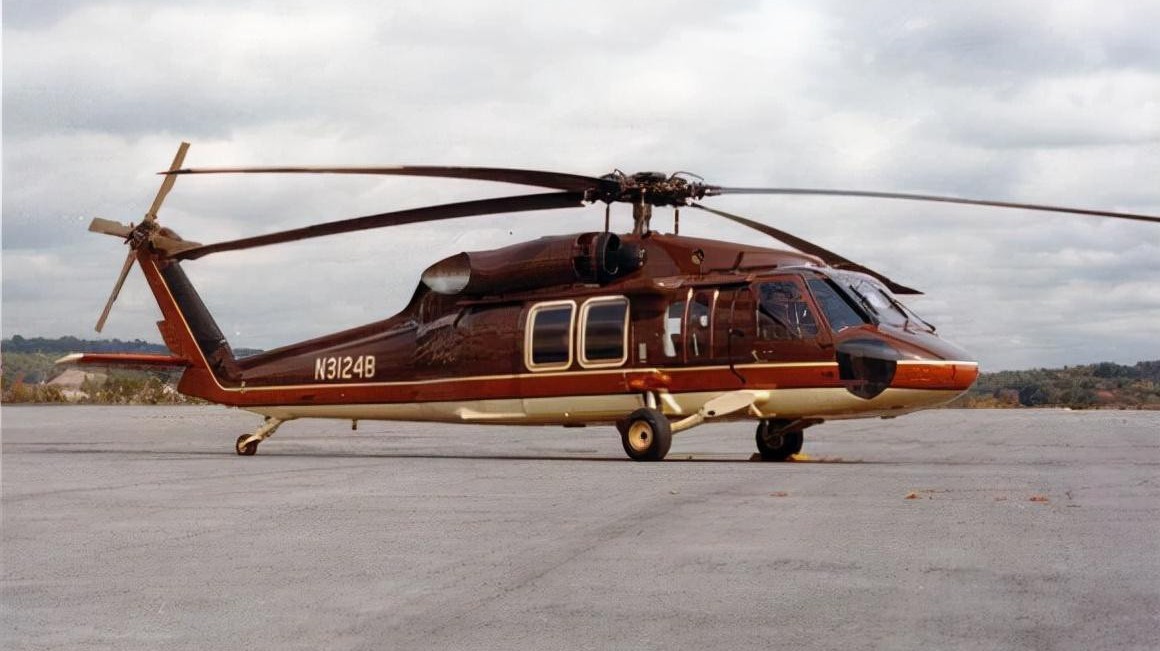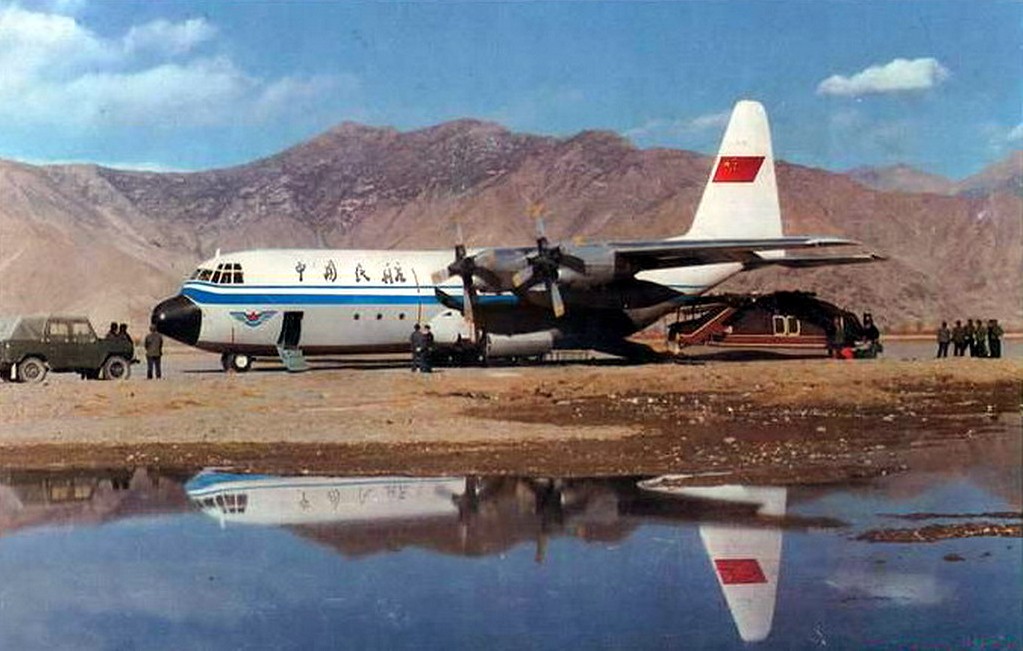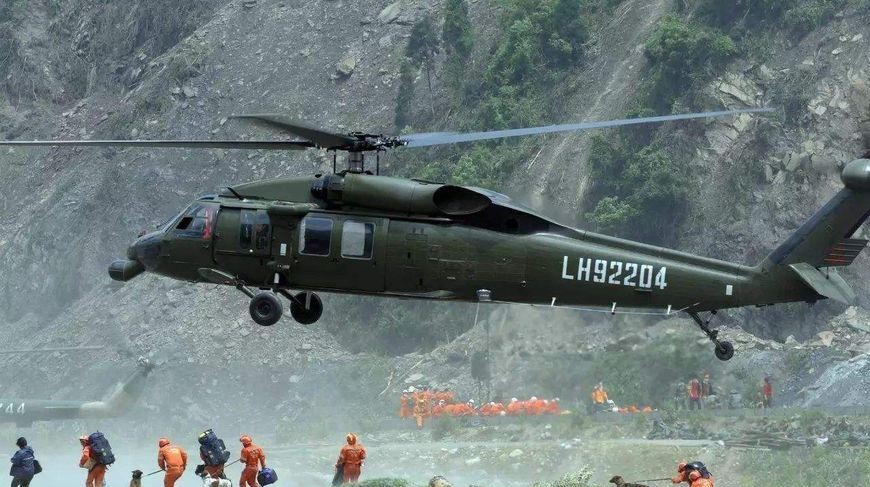Introduction: Among the many intriguing chapters in Cold War-era arms diplomacy, few are as fascinating as the acquisition of American-made Black Hawks by the People's Republic of China (PRC). The Sikorsky S-70C-2, a specially configured export version of the UH-60 Black Hawk, entered service with the People’s Liberation Army (PLA) in the mid-1980s. Despite originating from a period of limited Sino-American military cooperation, the S-70C-2 remains in limited service and continues to influence Chinese rotorcraft development today.
In the late 1970s and early 1980s, China’s military aviation faced a critical shortfall in rotary-wing capabilities. The PLA relied on outdated Mi-4 helicopters and limited batches of Z-8s based on the French Super Frelon, both of which suffered from poor reliability and severe limitations in high-altitude environments such as Tibet and Xinjiang.
As China looked westward for modern solutions, the U.S. Army's UH-60 Black Hawk stood out as the most capable medium-lift tactical helicopter available. Following the normalization of Sino-American diplomatic ties in 1979, China identified an opportunity to pursue advanced Western helicopter technology that could address its pressing high-altitude mobility needs.
In December 1983, the Chinese military conducted a high-altitude flight evaluation involving several Western manufacturers in the mountains of Lhasa, Tibet — one of the harshest rotary-wing environments on earth. The following three aircraft were airlifted into the region for a head-to-head comparison:
- Aerospatiale AS332 Super Puma
- Bell 214ST (Super Transport)
- Sikorsky S-70A Black Hawk, registration number N3124B
These aircraft were subjected to rigorous testing that included:
- Takeoffs and landings at altitudes of 17,000 feet (5,200 meters)
- En route flying performance up to 24,000 feet (7,300 meters)
The trials revealed significant differences in capability, especially at altitude. The Sikorsky S-70A outperformed its competitors in lift capacity, stability, and engine responsiveness — all crucial factors for missions over the Qinghai-Tibet Plateau.


Following the successful 1983 evaluation trials in Tibet, China finalized a deal with Sikorsky in June 1984 to purchase 24 helicopters, designated S-70C-2. This deal was China’s first major purchase of military style hardware from the United States and included the 24 Black Hawks, Spare Parts, and technical training for a total price of $150 million.
Although the procurement was officially described as "for civilian use," including disaster relief and transport, it was well understood that the helicopters were intended for military service. They were quickly absorbed into the People’s Liberation Army Air Force (PLAAF).
While closely based on the UH-60A, the S-70C-2 featured modifications to meet export requirements and Chinese operational needs:
- Engines: Equipped with T700-GE-701A turboshaft engines rated at 1,560 SHP each, offering strong performance in high-altitude environments.
- Avionics: Downgraded compared to U.S. military variants with no encrypted communications or advanced threat detection systems.
- Litton LTN-3100VLF Omega Navigation System
- Bendick RDR1400B Under-nose color weather radar
- Seahawk style Rotor Brake
Despite lacking advanced avionics, the helicopters were rugged and dependable — ideal for operations on China’s rugged western plateau.
The S-70C-2s were deployed primarily in Tibet and western provinces, where indigenous Chinese helicopters struggled with thin air and harsh terrain. The Black Hawk proved uniquely capable of operating at these altitudes, making it indispensable during border patrols, troop transport, medical evacuation, and disaster relief missions.

These helicopters also played a critical role in:
- The 1987–1989 border tensions with India, enhancing mobility in mountainous areas.
- The 2008 Sichuan earthquake, where they conducted high-profile relief operations.
While the aircraft were initially operated by the PLAAF, in 1988 they were transferred to the newly established PLA Army Aviation Corps as part of China’s restructuring of its military aviation assets.
With only 24 airframes delivered (between 1984 and 1985), the S-70C-2 fleet was small — and that number was reduced over time due to crashes, maintenance issues, and parts shortages. After the 1989 Tiananmen Square crackdown, the U.S. imposed an arms embargo on China, cutting off access to replacement parts and support from Sikorsky. This severely limited operational readiness.
Despite that, China maintained these helicopters through local ingenuity, reverse engineering, and cannibalizing parts from grounded airframes.
Notably, the S-70C-2 served as a technological benchmark for Chinese helicopter development. Its high-altitude performance inspired domestic designs like:
- Harbin Z-9G: An upgraded version of the Eurocopter AS365 Dauphin with some performance improvements.
- Z-20: China’s first indigenous medium-lift tactical helicopter, which bears a striking resemblance to the UH-60 and was likely influenced heavily by technical analysis of the S-70C-2.
Publicly confirmed tail numbers include aircraft with serials in the LH90xxx to LH94xxx range. In the mid-1990s the Aircraft assigned to:
- 2nd Regiment: LH92201, LH92202, LH92204 through LH92215, and LH94219.
- 3rd Regiment: LH93203, LH93216, LH93217, LH93218, and LH93220.
At least three (possibly 4) S-70C-2s are confirmed to have been lost in crashes over the decades, including during disaster relief operations.
The S-70C-2's significance in China’s military aviation history is far greater than its numbers suggest. It served as:
- A proof of concept for high-altitude operations.
- A training platform for developing helicopter doctrine and pilot skills.
- A technical reference for reverse engineering and domestic development.
Though gradually retired or relegated to second-line duties, some S-70C-2s may still be in service with elite units or in reserve roles. Their legacy endures in the Z-20, now deployed across the PLA in large numbers.
The S-70C-2 Black Hawk stands as a symbol of a fleeting moment of cooperation between the United States and China. In just a few years, 24 helicopters crossed geopolitical boundaries to serve in one of the world’s most secretive militaries. Though constrained by sanctions and isolation, China extracted remarkable value from the fleet — keeping them flying for decades and using them as a foundation for its modern helicopter capabilities.
As such, the S-70C-2 represents more than just a foreign helicopter in Chinese markings. It is a pivotal steppingstone in China’s journey toward indigenous rotary-wing aviation.


Comments (0)
No comments yet.
Log in to post a comment.